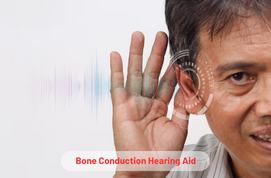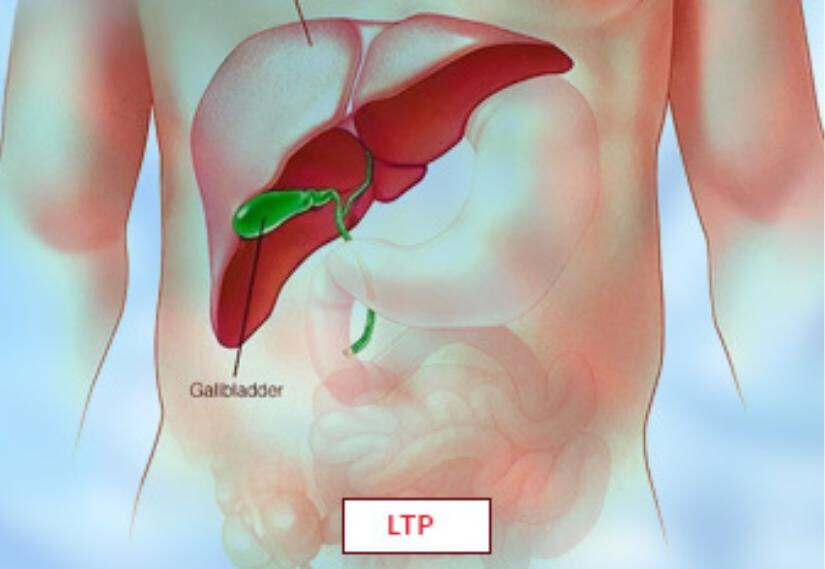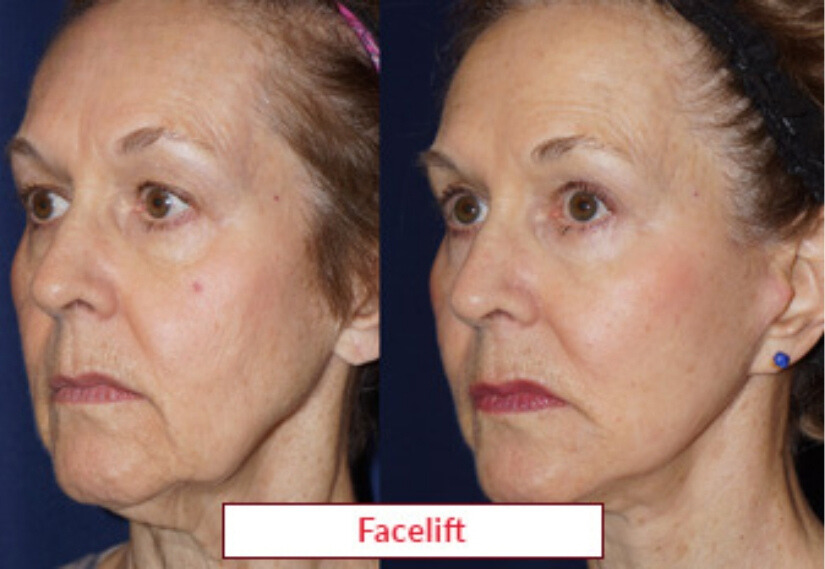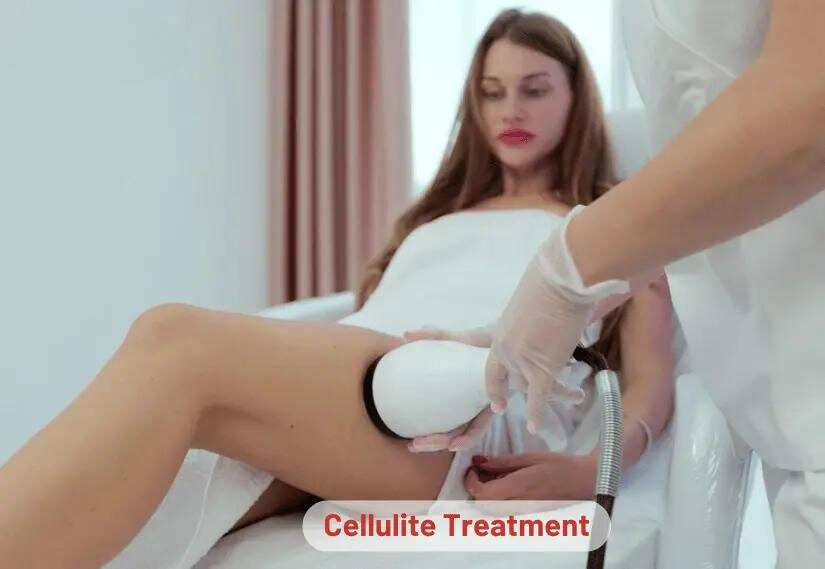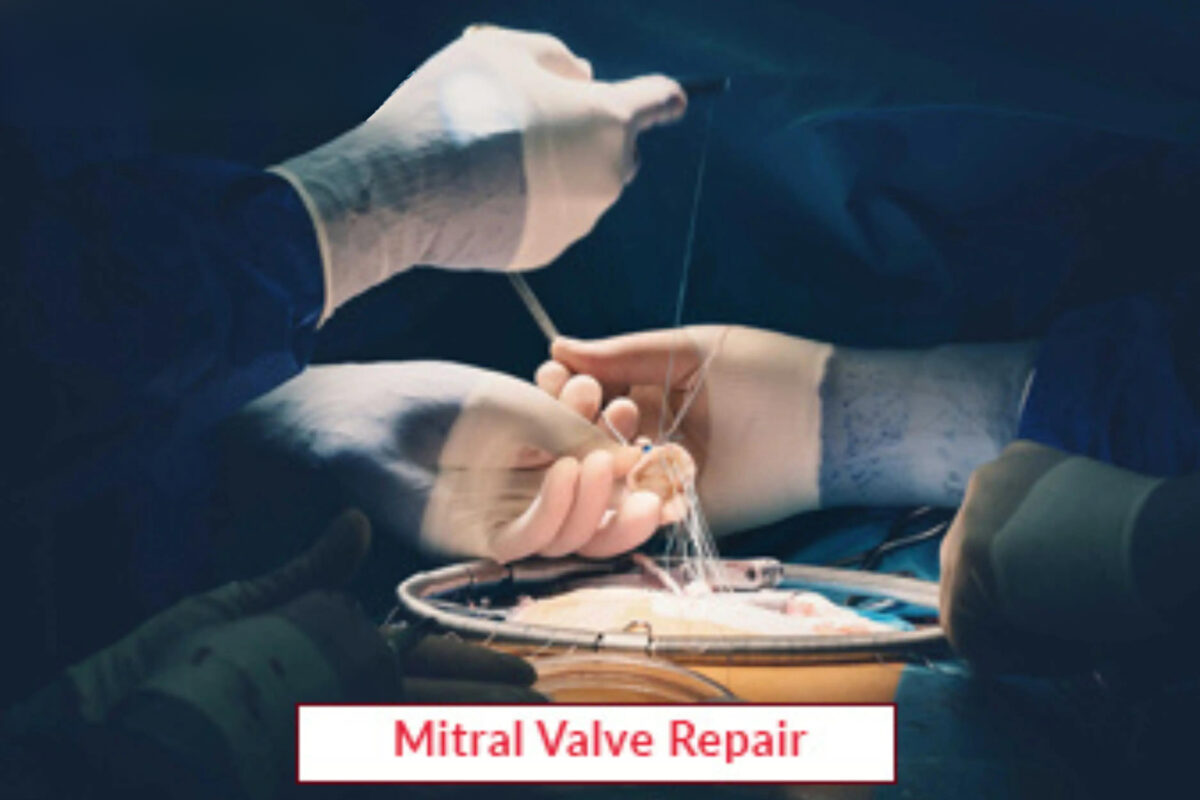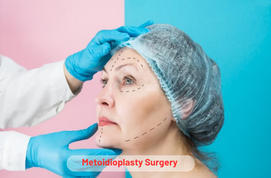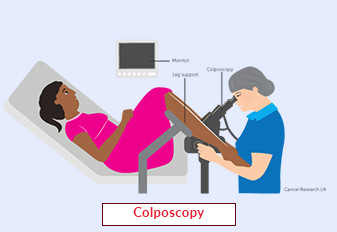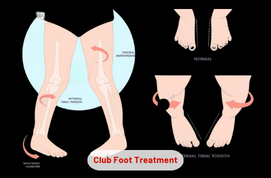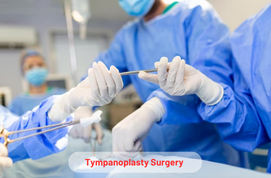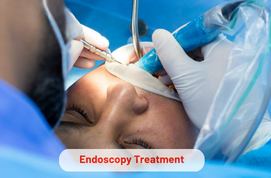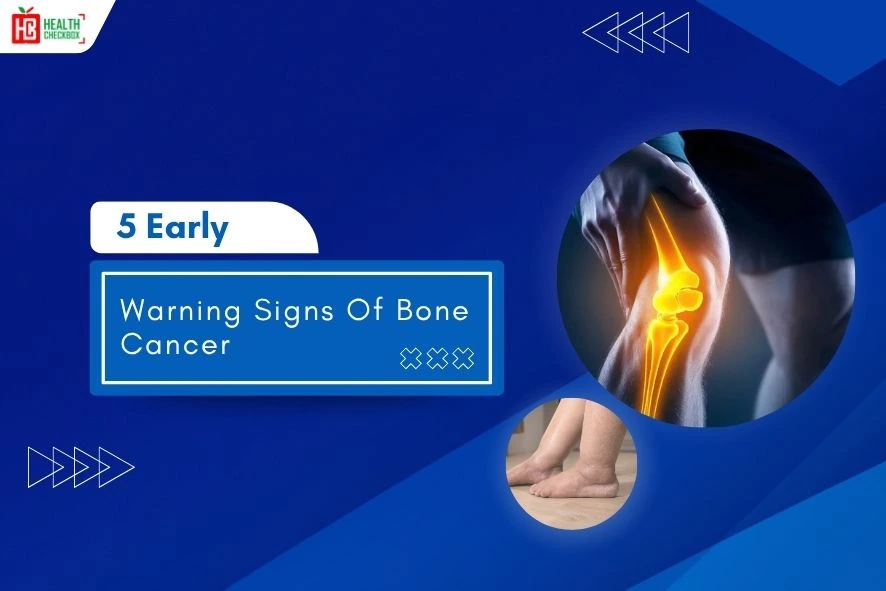Hearing loss is a common problem that affects both children and adults. It occurs due to loud noises, trauma, ear infection, and other common symptoms. This problem can be temporary or permanent, which ranges from mild to severe. It leads to damage in the middle and outer parts if it is left untreated. The only possible treatment of this issue is bone conduction hearing aid or hearing systems. They are innovative technology devices that treat specific hearing losses in patients. These treatments are applicable for both surgical and non-surgical approaches. They were approved by the Food and Drug Administration (FDA).
What is Bone Conduction Hearing Aid?
Bone-conduction hearing aids involve bone conduction to improve the outcomes of hearing loss. They are surgical implanted devices, which transmit sound vibrations in the middle or outer ear. This option is applicable for candidates with conductive, mixed, one-sided, profound hearing loss, etc. Its other name is Osseointegrated or bone-anchored hearing device.
A bone conduction can be worn on your headband or it can be attached directly to your skin. It involves an external processor and surgical implantation as its main components. The bone conduction implants are of two kinds. These include the following:
- Direct-Drive: The vibrations are transmitted directly through your skull bone. They are also known as percutaneous BCDs. The common examples of these implants are Baha and Ponto Systems.
- Skin-Drive: They transfer vibrations to your skin directly. These implants are also called transcutaneous BCDs. Baha and Sophono are their common examples.
Types of Bone Conduction Hearing Aid
The types of hearing systems are as follows:
- Surgically Implantable: This most common surgical bone-anchored hearing system involves a small titanium implant that can be placed behind your ears. Once the implant heals, an external process is fixed to restore your hearing. A processor can be removed while sleeping, showering or hair treatments.
- Non-Surgical: These hearing systems are typically recommended for children below 5 years of age or individuals without surgery requirement. Some bone conduction attaches to your skin with adhesives or they can be worn on your headband.
Advantages of Bone Conduction Hearing Aid Treatment
Bone-anchored hearing systems provide several benefits. These include the following:
- It is a good option for children since it doesn’t require surgery.
- This device provides better sound quality for individuals as the bone-conducting signal does not get dampened by skin.
- It is more comfortable and reduces the risk of skin irritation because there is no requirement of ear mold.
Serious Risks and Complications
Bone-anchored hearing aids lead to several complications if you are not selecting its right types. These are as follows:
- Neuroma
- Excess scar formation
- Technical fractures
- Chronic infection
- Trauma
- Failure of osseointegration
- Skull paraesthesia
- Persistent pain
- Exposed bone
Conditions treated through Bone-Anchored Hearing Aids
These hearing systems are involved in treating different problems. They are as follows:
- Middle ear dysfunction
- Congenital atresia
- Meniere’s disease
- Sudden hearing loss
- Single-sided deafness
- Malformation of outer or middle ear
- Chronic otitis media
- Acoustic neuroma
- Cholesteatoma
You can consult with your healthcare provider if you are an eligible candidate. They may refer an otolaryngologist for an evaluation of hearing loss.
Bone Conduction Hearing Aid Treatment Procedure
- A procedure takes 30 to 60 minutes depending on which type of hearing systems you received.
- During surgery, anesthesia will be provided, which keeps you more comfortable. It can be local or general depending on your situation.
- Next, a small incision is made behind your ear. After that, an otolaryngologist creates a small hole and place a small titanium implant in your mastoid bone. It should be measured between 3 to 4 mm in diameter, which is about a half size of your pea.
- Once an implant gets placed, an abutment (connector) can be attached for skin-healing process. After this procedure, your incision is closed with stitches, and it is placed with surgical dressing.
- These systems depend on osseointegration. Your bone provides stability when it fuses to the titanium implant. The sound processor can be attached to this external connector, which leads to the occurrence of this fusion. A type of hearing system and body’s healing capacity determines your healing times. In general, this process takes one to three months.
How to Prevent Complications Occurring due to Bone-Anchored Hearing Aids?
The complications with these hearing systems are prevented in the following ways:
- You can wear your helmet while playing contact sports or riding two-wheelers. This lessens your risks of head trauma, which can lead to infection, impairment, etc.
- An otolaryngologist or audiologist must choose a relevant candidate for this treatment. Avoid selecting people with sensorineural hearing loss.
- You must clean your skin around your implant and abutment. The skin infections and chronic pain are also monitored for caring processes.
- It is important to avoid certain health conditions, which affects your bone formation. They can be osteoporosis, Paget’s disease, etc.
- You must choose a minimally invasive procedure for the treatment. This leaves your skin, nerves, and blood vessels intact.
Latest Health Tips
Can Immunotherapy Cure Stage 4 Lung Cancer?
Early Signs of Cervical Cancer
Foods that Kill Cancer: Leafy Vegetables, Grains, & More
What Stage of Cancer is Immunotherapy Used For?
Which is Worse for Cancer, Sugar or Alcohol?
Vaccines That Prevent Cancer
What Kills Cancer Cells in the Body Naturally?
Early Warning Signs of Bone Cancer
Submit Your Enquiry
Testimonials








